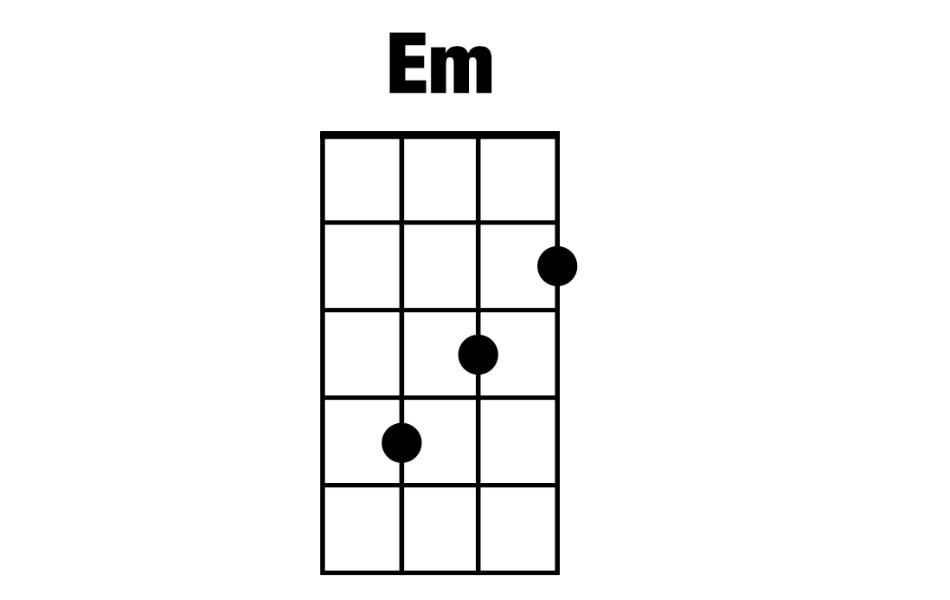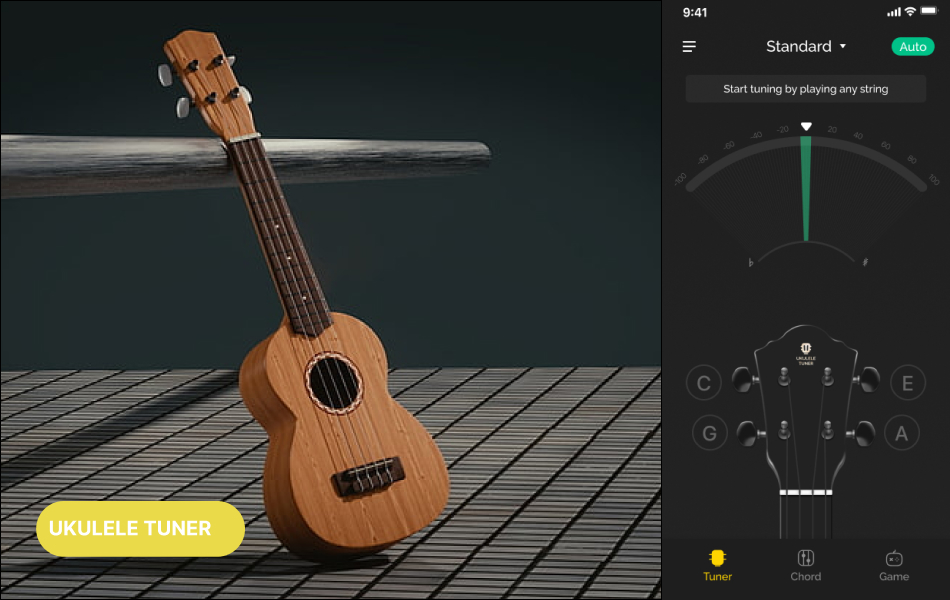The E Flat Natural Minor Scale Theory
There are three variations of the minor scale: the natural minor, harmonic minor, and melodic minor. For this post, we will focus on the E Flat Natural Minor Scale, but you can explore the E Flat Harmonic Minor and E Flat Melodic Minor in our other articles.
HOW TO CREATE THE E FLAT NATURAL MINOR SCALE
The scale with E Flat Minor is composed of seven notes, namely Eb, F, Gb, Ab, Bb, Cb and Db. The E flat Minor scale typically begins and ends on the note E flat and can be repeated at different octaves. It is considered a diatonic scale, which means that it is part of a specific key - in this case, the key of Eb Minor.
All Natural Minor scales adhere to a particular sequence of tones and semitones (also known as steps and half-steps). This sequence consists of a Tone, Semitone, Tone, Tone, Semitone, Tone, and Tone. By following this pattern beginning on the note C, you can derive the C Natural Minor Scale. Similarly, to obtain the Eb Natural Minor scale, you would follow the same tone/semitone pattern starting on the note Eb. Regardless of which note you begin with, the resulting scale will always be a minor scale starting on that note.

E FLAT NATURAL MINOR SCALE ON THE PIANO
If we were to play this scale on a piano diagram, we would utilize five black keys for five of the flats. The sixth flat, which is Cb, is equivalent in pitch to B natural and is therefore played using a white key.
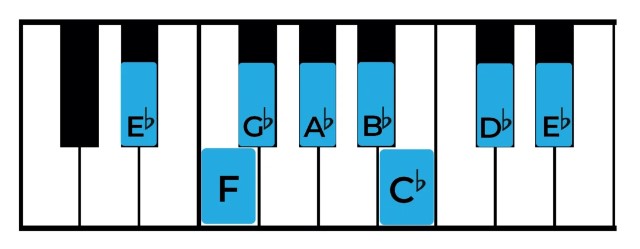
To play this scale on the piano use the fingers written below.
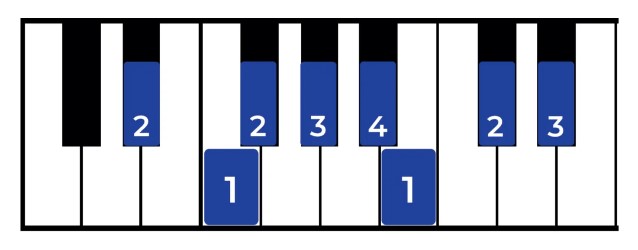
E FLAT NATURAL MINOR SCALE ON THE GUITAR
You can use the tab below to play the Eb Natural Minor scale on the guitar

DEGREES OF THE SCALE
Within the Eb Minor scale, each note has a specific position, which is referred to as the degree of the scale. The initial note of the scale is known as the 'tonic' note.

KEY SIGNATURE FOR Eb MINOR
Instead of notating flat signs on each individual note, we can utilize the key signature. E Flat Minor is the relative minor of G flat Major, which can be determined by recognizing that Eb is the sixth note in the G flat Major scale.

E FLAT MINOR SCALE IN DIFFERENT CLEFS
Treble Clef
Below is the Eb Natural Minor Scale written out in the treble clef, both ascending and descending.
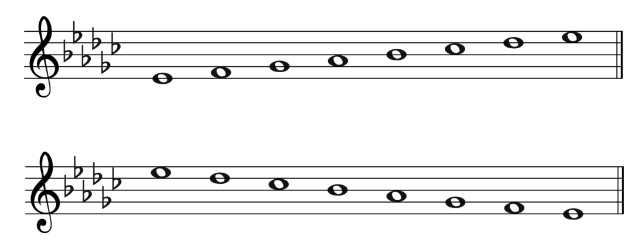
Bass Clef
Below is the Eb Natural Minor Scale written out in the bass clef, both ascending and descending.
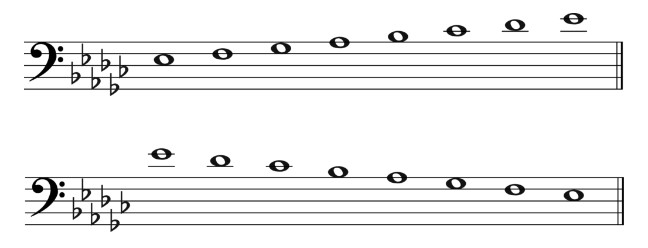
Alto Clef
Below is the Eb Natural Minor Scale written out in the alto clef, both ascending and descending.
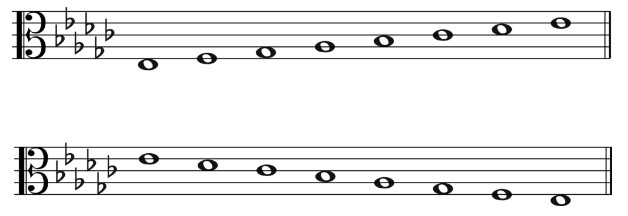
Tenor Clef
Below is the Eb Natural Minor Scale written out in the tenor clef, both ascending and descending.
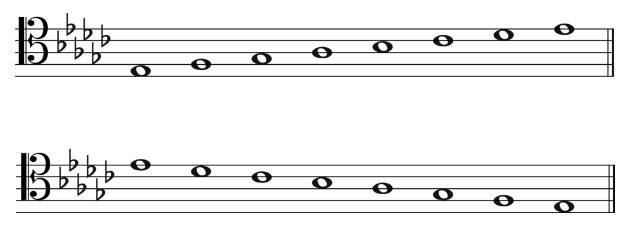
ENHARMONIC EQUIVALENT SCALES
Eb Minor and D# Minor are scales that are enharmonically equivalent. This means that they consist of the same set of notes, but are written using different enharmonic equivalents. The image below illustrates both scales for comparison.

For instance, the note F sharp is present in the D# Minor scale, while the note G flat is found in the Eb Minor scale. These two notes are enharmonic equivalents, which implies that they produce the same sound. If you want to learn more about the D sharp Natural Minor Scale, you can find additional information here.
When we say that a musical composition is in the key of Eb Minor, it implies several things.
- The key signature of the piece will contain six flats, and its relative major key is Gb Major.
- The root note or tonic of the piece will be E flat, which will sound the most stable throughout the piece.
- The majority of notes used in the piece will be derived from the Eb Minor scale, and these notes can span across different octaves.
- The chords utilized in the piece will be those that belong to the Eb Minor scale.
If you’re interested in learning more about music scales, chords, and musical theory, visit our Guitar tunio today


